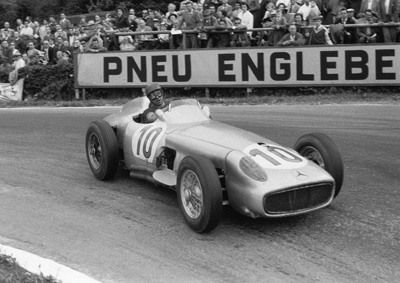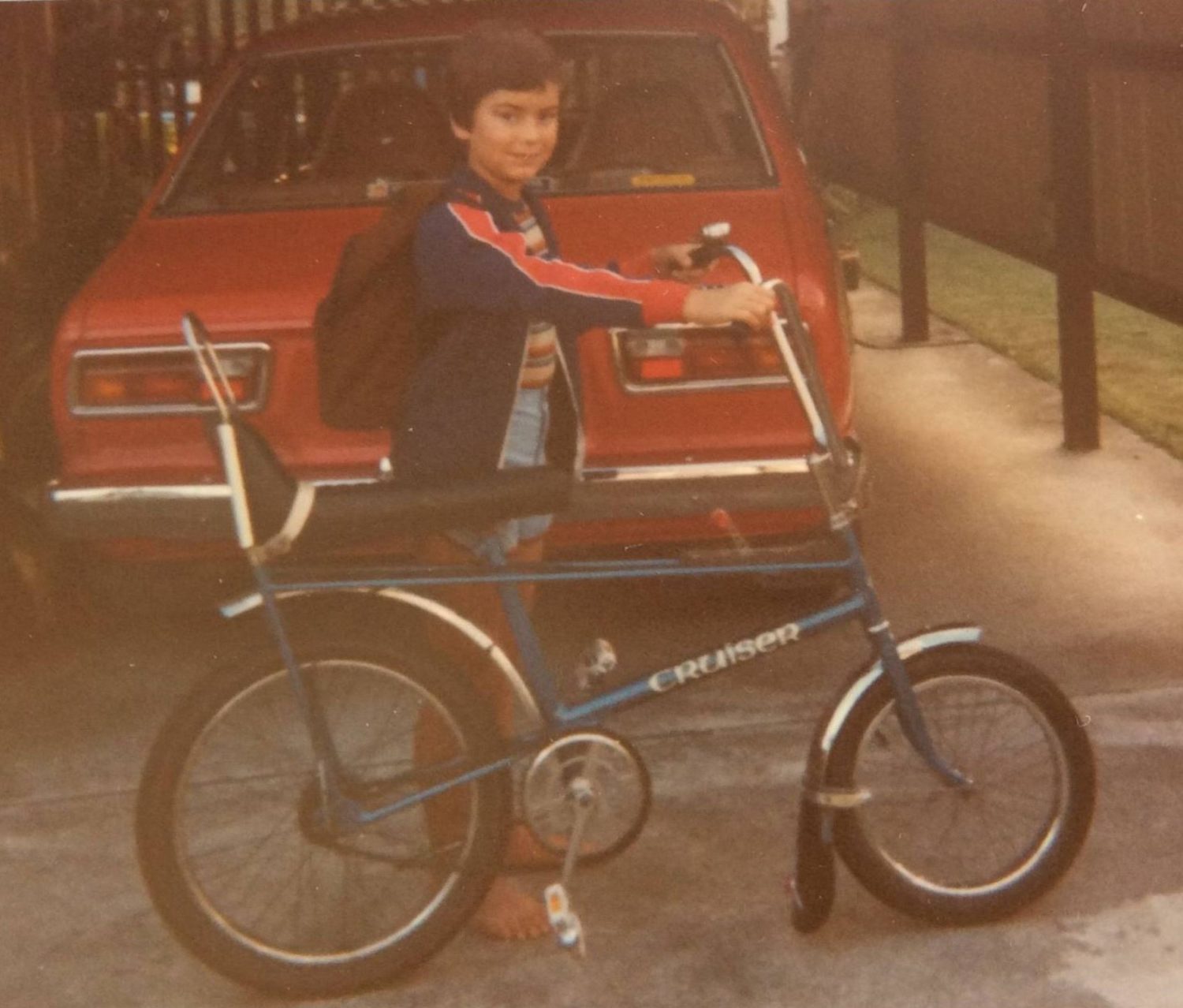Sometime in the mid-nineties I was part of a small group of mainly Australian hacks who were in Germany for the launch of a new Mercedes-Benz. I forget which one it was — maybe the first “four headlamp” E-Class. Any, apart from cramming info into us about the new car and showering us with gifts, there were also extra-curricular activities which included a few laps around the Hockenheim stadium complex in the passenger seat of a works DTM car with Klaus Ludvig driving — a tour of the AMG factory and a visit to the new Old Timer’s Centre.
This was a new complex (not the legedary Mercedes-Benz Museum), where they restored classic Mercs for clients.
It was very interesting and included a W196 Mercedes GP car of the 1954/55 era sitting in a showroom.
While everyone else hived off for yet another great luncheon spread, I stayed behind and looked at exhibits, including the W196. One of the staff at the centre came and spoke to me and I asked him the history of the car.
“Oh, this never raced, it was a car we created here two years ago from spares that were stored away after the end of the 1955 season.”
This intrigued me because the car was correct right down to the traditional tartan cloth covering on the seat. I asked about that.
“Oh yes, we had some of that cloth left over as well.”
We continued to chat and he told me that the chassis had been an experimental one and he pointed out two outriggers at the front, with holes in them. The holes lined up directly with the hubs of the front wheels.
“This was going to be a four wheel drive car,” he told me. “But building the chassis was as far as we got.”
The holes in the outriggers were for the friont half-shafts.
“When the company retired from racing at the end of the 1955 season, the plans for the car were dropped and everything just stored away.”
This was the first I had heard of this project. But more surprises were in store.
I asked about the number of cars that Mercedes-Benz owned in their classic collection and was told “many thousands. Some are on display at the Museum, but others are in storage. In fact we have two warehouses not far from here where we have cars stored.”
Could I go and have a look?
At first he was reluctant.
“No, sorry, the cars are not restored and we only like to show immaculate cars.”
Please?
Please?
Please?
“Oh, alright, follow me.”
So follow him I did, down an alley, across a street and we stopped in front of a huge old warehouse. Keys were produced, locks rattled and the doors creaked open.
We stepped into a huge Aladdin‘s Cave of automotive treasures. There were hundreds of them including all of the C111 rotary-engined coupes they raced in the late sixties or early seventies. They leapt from the gloom, painted in bright orange. And just pushed into a corner.
We spent an hour there, me gaping and snapping photographs, him telling me about the cars. There were passenger cars, sports cars, truck, buses and some enormous streamlined record-breakers from the thirties.
It was an amazing experience and one that I am glad I missed another lunch for.
— Allan Dick


